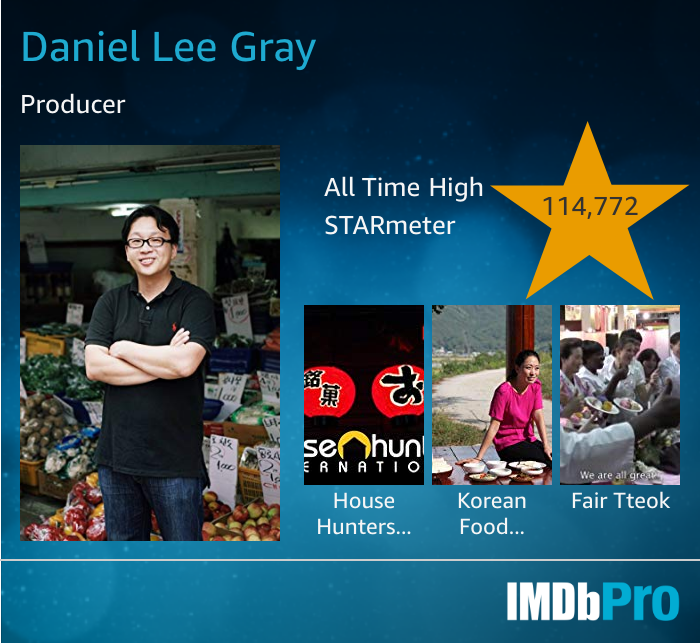The Korean Food Truck Adventures: Chapter 6: Korean Palate Training
People often ask me when why I am working so hard to perfect my Korean food recipes if I’m using family recipes. They seem surprised when I tell them “No”. Don’t get me wrong, I wish I was using family recipes; it would have made the last three months a lot easier. Unfortunately my halmoni (grandmother) passed away 6 years ago and my aunts are too far away for me to be able to learn much of anything. Everything I’ve learned about Korean food I’ve had to learn the hard way; research, books and eating.
Okay, so the eating wasn’t that hard and I get to pretend I’m Dae Jang Geum (A famous Korean drama about a cook in the royal palace that used food to find love and save a kingdom). Also O’ngo Culinary School has been invaluable for research for when I took classes and the night dining tours when I was in Seoul. (Yes, shameless plug but I owe them a lot!)
Most of my recipes I’ve created are a memory of a dish that I have tasted. How? The tasting skills made famous by Dae Jang-Geum aren’t just a drama writer’s creation; a professional chef trains their palate and their mind to do much the same thing.
Generally with the first bite I decide if I like the dish. And if I don’t I figure out why in a hurry. Is it too salty? Not enough salt? (Usually the most common problem and generally fixable!) Too hot? Too fishy? Spoiled? Finding out why you don’t like someone is just as important as why you do like it because you recognize the qualities that you don’t want in your own dish.
Those qualities can tell you a lot such as in a dish like linguine a la vongole; tough clams are a reminder to take care when cooking since they go from a good texture to a rubber band very quickly. Overcooked pasta follows the same line of logic. A bitter taste and dark flecks mean the garlic was burned when cooking. Too much salt means someone didn’t check the dish when it was made to see if the clams had imparted more of their own salt than usual.
Now if something is good it is easier to find out why you like it because with each bite you work through the puzzle. Ask yourself, what do I like about this? Is it bright and refreshing? Warm and comforting? Crispy and delicate?
Does it have a good balance of salt, heat (or cold), sweetness, savory, fat, acid and do all these things enhance the item? For instance, a slab of Waygu ribeye can be mediocre just by neglecting to season and cook it correctly where as a cheaper choice cut can be enhanced by salt and higher heat. Vegetables taste better with a little bit of fat since they have none of their own so a little bit of butter or olive oil at the end of their cooking can make a big difference.
Most people who enjoy food generally stop after the process; chefs on the other hand start dissecting even further. What is in this dish? Based on the type of cuisine you can generally figure out what the base ingredients MIGHT be. If it’s pure French you usually won’t find ginger or sesame, just like in pure Korean you won’t find milk or butter. And lastly, does the dish eat well? By this I mean am I fighting with shrimp tails/shells in a bowl of pasta with sauce or do I need an engineering degree to eat the tower of food in front of me.
After you figure out what you think is in the dish, then you start messing around with trying to re-create it. Sometimes you can nail it on the first go, sometimes it take try after try and more research to figure out what isn’t right. If you are working in a well equipped kitchen it isn’t so bad, a tiny apartment kitchen on the other has made every attempt a juggling act.
So I hope everyone out there has learned a little something today about palate training and didn’t get too bored, I admit this whole experience made me want to re-watch Dae Jang Geum again.
And for those who skipped to the bottom of the page…
I’ve spent three months trying to recreate two recipes, finally nailed it this week. Oh, and the date went well for those of you following things.
Here are the other chapters in this series:
The Korean Food Truck Adventures: Chapter 5: Yippee! How to pick up a Guy with a Truck
The Korean Food Truck Adventures: Chapter 4: Rage
The Korean Food Truck Adventures: Chapter 3: Sanitation
The Korean Food Truck Adventures: Chapter 2: Sexism in the Kitchen
The Korean Food Truck Adventures: Chapter 1: Insomnia





